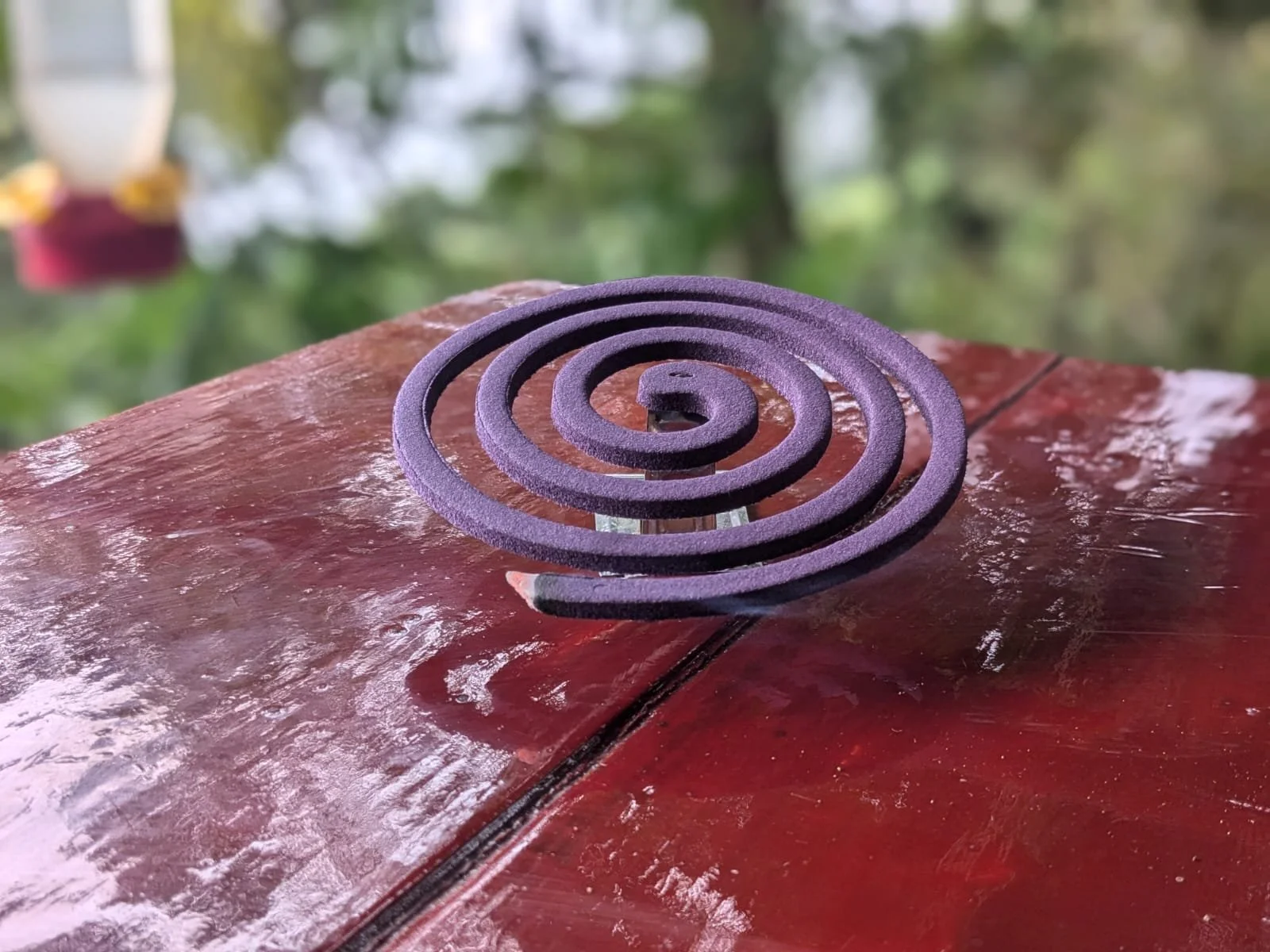In Panama, the risk of contracting malaria is relatively low, particularly in urban areas and popular tourist destinations. The disease is primarily confined to specific regions of the country, particularly in the more rural and forested areas. Panama City, Colón, and other major urban centers have minimal to no risk of malaria due to their well-developed infrastructure and frequent medical surveillance.
The primary areas where malaria risk is higher are found in the provinces of Bocas del Toro, Darien, and parts of Veraguas, as well as the Ngäbe-Buglé comarca. These regions are characterized by tropical forests and more remote settings, where the Anopheles mosquitoes that transmit malaria are more prevalent. While malaria cases in these areas are not extremely common, travelers to these regions are advised to take preventative measures, such as using mosquito repellent and sleeping under insecticide-treated nets.
Overall, while the risk of malaria in Panama is not high, it is important for visitors traveling to rural or forested areas to stay informed about local health recommendations. By adhering to preventive practices and consulting health professionals for updated advice, travelers can effectively minimize their risk of malaria while enjoying their time in Panama.

